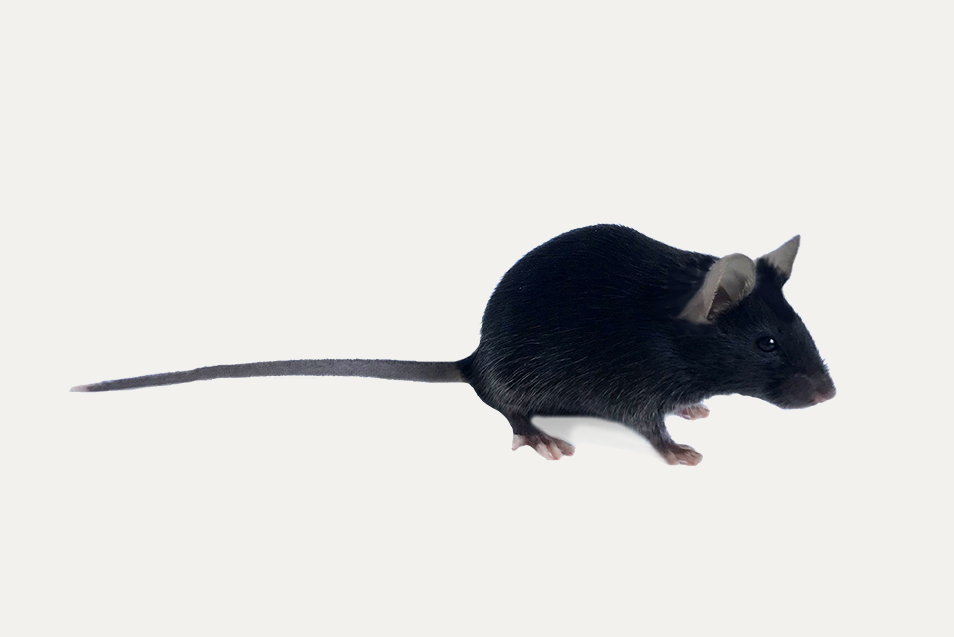DBA/2 Mouse


Model characteristic
Type:
Inbred mouse
Strain name:
DBA/2JRj
Origin:
Zentralinstitut für Versuchstierzucht (Hannover) - 1988 (F143)
Colour and related genotype:
Dilute brown mouse, a/a, Tyrp1b/Tyrp1b , Myo5ad/Myo5ad - MHC: Haplotype H2q
Breeding:
Difficult to rear (poor lactation)
Description of our model and application areas
The DBA is the oldest of all inbred strains of mice. Its story begins in 1909 when Dr. CC LITTLE began inbreeding and selecting for coat color. From 1929 until 1930 crosses were made among substrains, and several new strains were established including DBA/1 and DBA/2.
DBA/1 and DBA/2 differ at a large number of loci (Car2, Ce2, Hc, H2, IF1, Lsh, Tla, and Qa3) including the MHC (Major Histocompatibility Complex) H2 Haplotype.
This heterozygosity is most likely a result of residual heterozygosity in the strain when the substrains were separated. The strain was sent to Dr MIDLER in 1938, then to the N. I. H. in 1951, then to The Jackson Laboratory in the 1980’s. This strain is used in multiple research fields, e.g. in cardiovascular biology or neurobiology.
DBA/2J are not very sensitive to the development of atherosclerotic lesions of the aorta even following a 14-week atherogenic diet. It shows hearing loss of high frequencies starting at weaning (3-4 weeks); this hearing loss becomes severe by 2-3 months of age. This strain has 3 recessive alleles responsible for this progressive cochlear pathology that starts by affecting the organ of Corti. A decrease in volume of the anteroventral nucleus of the cochlea and the parallel loss of neurons lead to a progressive decrease of peripheral hearing.
Young DBA/2J inbred mice are susceptible to audiogenic seizures due to the asp2 mutation; however, this susceptibility decreases as animals reach adulthood. This strain also presents high rates of calcareous pericarditis, calcified lesions of the testicles, tongue and muscles.
Important notice: This strain is homozygous for the Cdh23ahl mutation which leads to age-related hearing loss. Its expression on a DBA/2 background results in progressive hearing loss with onset after 3 months of age. There is no GpnmbR150X (responsible for the iris dispersion) in our DBA/2JRj strain. This mutation first appeared in the 1980’s. JANVIER LABS acquired the strain from the Zentralinstitutfuer Versuchstierzucht in Hanover. They in turn held it from The Jackson Laboratory in 1980. Animals transferred then were not carrying the mutation. The Ptprcb (= Ly5b or CD45.2) (protein tyrosine phosphatase receptor type c, b variant) recessive allele on chromosome 1 is present in this strain.
Main application and research fields
Growth curve
The growth curve represents an average which reflects the weight variation of the strain measured between 21 and 84 days for males and females.


Reproductive data
Bigamous mating


You may also be interested in these models
Warning: Illegal string offset 'title' in /home/deca3005/janvier-labs.com/html/wp-content/themes/oceanwp-child-theme-master/single-fiche_produit.php on line 921
Voir tous les modèles de recherche




